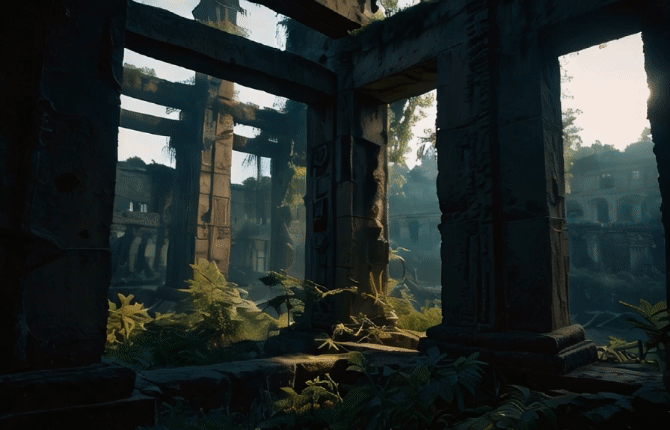
A week or two ago I went to help my Mum downsize before she moves house. As with any move, there was a lot of accumulated ‘stuff’ to go through; of course, this isn’t just manual labour of sorting and moving and removing, but also all the associated historical, emotional, material, psychological labour to go along with it. Plenty of old heirlooms and photos and treasures, but also a ton of junk.
While the trip out there was partly to help out, it was also to claim anything I wanted, lest it accidentally end up passed off or chucked away. I ended up ‘inheriting’ a few bits and bobs, not least of which an old PC, which may necessitate a follow-up to my tinkering earlier this year.
Among the treasures I claimed was an innocuous-looking black and red USB stick. On opening up the drive, I was presented with a bunch of folders, clearly some kind of music collection.

While some — ‘Come Back Again’ and ‘Time Life Presents…’ — were obviously albums, others were filled with hundreds of files. Some sort of library/catalogue, perhaps. Most intriguing, though, not to mention intimidating, was that many of these files had no discernible name or metadata. Like zero. Blank. You’ve got a number for a title, duration, mono/stereo, and a sample rate. Most are MP3s, there are a handful of WAVs.

Cross-checking dates and listening to a few of the mystery files, Mum and I figured out that this USB belonged to a late family friend. This friend worked for much of his life in radio; this USB was the ‘core’ of his library, presumably that he would take from station to station as he moved about the country.
Like most media, music happens primarily online now, on platforms. For folx of my generation and older, it doesn’t seem that long ago that music was all physical, on cassettes, vinyl, CDs. But then, seemingly all of a sudden, music happened on the computer. We ripped all our CDs to burn our own, or to put them on an MP3 player or iPod, or to build up our libraries. We downloaded songs off LimeWire or KaZaA, then later torrented albums or even entire discographies.
With physical media, the packaging is the metadata. Titles, track listings, personnel/crew, descriptions and durations adorn jewel cases, DVD covers, liner notes, and so on. Being thrust online as we were, we relied partly on the goodwill and labour of others — be they record labels or generous enthusiasts — to have entered metadata for CDs. On the not infrequent occasion where we encountered a CD without this info, we had to enter it ourselves.

This process ensured that you could look at the little screen on your MP3 player or iPod and see what the song was. If you were particularly fussy about such things (definitely not me) you would download album art to include, too; if you couldn’t find the album art, it’d be a picture of the artist, or of something else that represented the music to you.
This labour set up a relationship between the music listener and their library; between the user and the file. The ways that software like iTunes or Winamp or Media Player would catalogue or sort your files (or not), and how your music would be presented in the interface; these things changed your relationship to your music.
Despite the incredible privilege and access that apps like Spotify, Apple Music, Tidal, and the like, offer, we have these things at the expense of this user-file-library relationship. I’m not placing a judgement on this, necessarily, just noting how things have changed. Users and listeners will always find meaningful ways to engage with their media: the proliferation of hyper-specific playlists for each different mood or time of day or activity is an example of this. But what do we lose when we no longer control the metadata?
On that USB I found, there are over 3500 music files. From a quick glance, I’d say about 75% have some kind of metadata attached, even if it’s just the artist and song title in the filename. Many of the rest, we know for certain, were directly digitised from vinyl, compact cassette, or spooled tape (for a reel-to-reel player). There is no automatic database search for these files. Dipping in and out, it will likely take me months to listen to the songs, note down enough lyrics for a search, then try to pin down which artist/version/album/recording I’m hearing. Many of these probably won’t exist on apps like Spotify, or even in dingy corners of YouTube.
A detective mystery, for sure, but also a journey through music and media history: and one I’m very much looking forward to.






